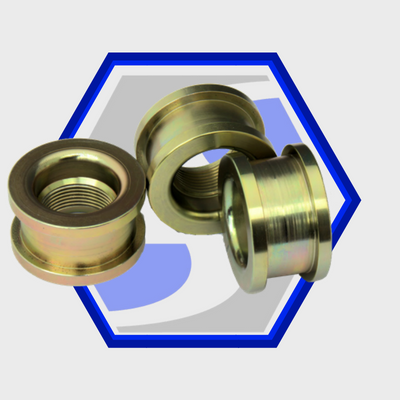FAQs about Plating Thickness

.png)
.png)
Here are some commonly asked questions about plating thickness.
Units
Plating thickness is measured in Micrometres which are commonly referred to as Microns. The symbol for Microns is μm, but it is not unusual for this to be written as um. A micron is one thousandth of a millimetre or 0.001mm. To give you an idea of just how small that is, the average human hair is about 50 microns in diameter and in plating terms a ‘heavy’ deposit of Hard Chrome might be about 200 microns. This gives you an idea on just how little material is being added in any metal finishing process and yet it is enough to significantly change the characteristics of the metal it is being applied to and increase wear and corrosion resistance properties.
Why we give you a range
Often a technical drawing, a particular thickness may be required, for example 5 microns of Tin. Due to the extremely small units of measurements in play getting exactly 5 microns is extremely difficult and so in quoting any metal finishing job it is more likely that we will give you a range in which the thickness shall. For example 5-8 microns.
Standard Thickness?
We are often asked about if there is a ‘standard’ thickness of any given process. Most processes do not have a “normal” amount that can be added, and as a sub-contract metal finisher we are reliant on the accurate information of our customers. The thickness required for any job will depend on the condition and attributes it needs to meet. Another way in which we can determine the required thickness is through use of a specification. For example Def Stan 03-26 for Hard Anodising will be between 25-50 microns.
Conversion Coatings
In terms of the thickness of coatings, Conversion Coatings work a little differently. Where many metal finishing processes add a layer on top of the existing material, conversion coating will form both above and below the surface. This means where you have for example 10 microns of Anodising, 5 microns will be on top and 5 below. Conversion coatings will include Anodising, Phosphating, Iriditing and Alocrom.
Silchrome offer a wide range of metal finishing processes and have our own X-ray machine in order to verify the thickness of our coatings. We are fully ISO 9001 and 14001 certified and deliver across the UK.




